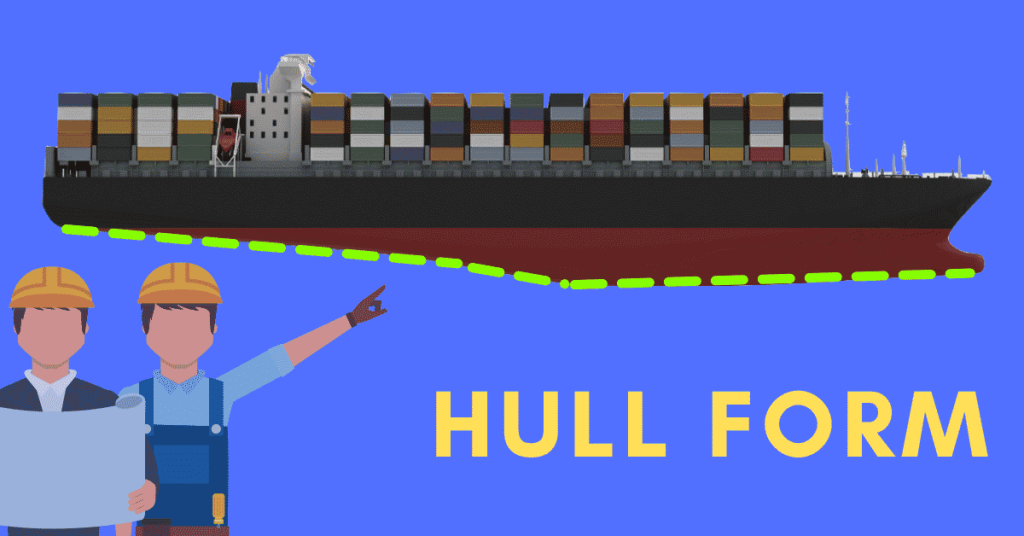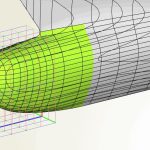The hull of a ship is the most notable structural entity of the ship. To define the hull, it can be said that it is the watertight enclosure of the ship, which protects the cargo, machinery, and accommodation spaces of the ship from the weather, flooding, and structural damage. But this alone does not suffice our requirements of understanding all the aspects of a ship’s hull.
In this article, we will see how the hull of a ship is designed for various factors taken into consideration during the entire lifetime of the ship, and how the design of a ship’s hull plays the most important role in the entire ship design and shipbuilding project.
Hull Related Nomenclature

Figure 1: Hull Nomenclature.
The above figure shows the schematic profile of a conventional ship’s hull. Understanding the meaning and applications of the nomenclatures related to it forms the basics of understanding ship design and shipbuilding technology.
Bow and Stern: The forward most contour of the ship’s hull is called the bow, and the aft-most, its stern. The stem is the forward most contour part of the bow.
Forward Perpendicular: If a perpendicular is drawn at the point where the bow intersects the waterline, this imaginary perpendicular line is called the forward perpendicular. For most of the hydrostatic calculations, the forward perpendicular is used as the forward reference of the hull.
Aft Perpendicular: Depending on the designer, the aft perpendicular can be the perpendicular drawn through the aft side of the rudder post or through the center-line of the rudder pintles. The aft perpendicular is the aft reference line for all hydrostatic calculations.
Length between Perpendiculars: The length between the forward and aft perpendiculars is the length between perpendiculars. The LBP is a very important parameter in all stability calculations, hence calculation of the LBP at various drafts becomes an important step in carrying out stability analyses.
Sheer: The upward curve formed by the main deck with reference to the level of the deck at the midship, is called sheer. It is usually given to allow flow of green water from the forward and aft ends to the midship and allow drainage to the bilges. The forward sheer is usually more than the aft sheer to protect the forward anchoring machinery from the waves.
Summer Load Line: The summer load line is the waterline of the ship at sea water when it is at its design weight and ballast conditions. It is also called the design draft; this forms the reference for all other load lines of the ship.
Length of Waterline: The length of the ship’s hull at the summer load line is the length of waterline for the ship. This length plays an important role in the calculation of hydrostatics of the ship, as well as propeller design calculations.
Length Overall: The length between the forward-most and aft-most point of the ship’s hull is its overall length. This length plays a major role in designing the docking and undocking plans of the ship. In shipyards where multiple building docks are available, the overall length, beam, and depth of the ship is a deciding factor in choosing a suitable building block for the ship.


